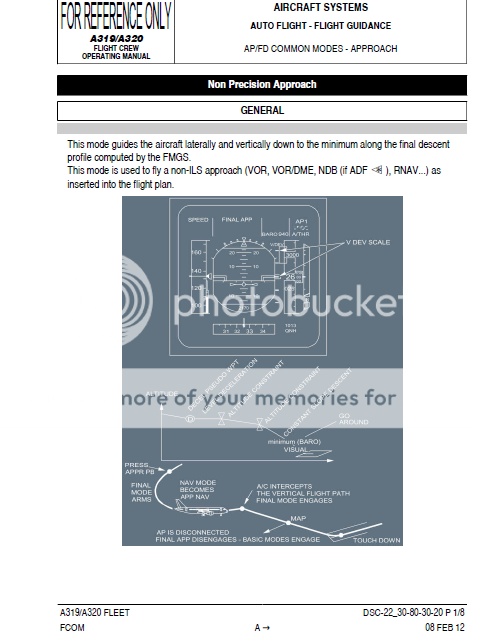Aviation Week
Looks like Loc 18 was performed with AP/AT on all the way , somehow they flew it right into the ground...wonder what was set in the ALT window ?
Looks like Loc 18 was performed with AP/AT on all the way , somehow they flew it right into the ground...wonder what was set in the ALT window ?

